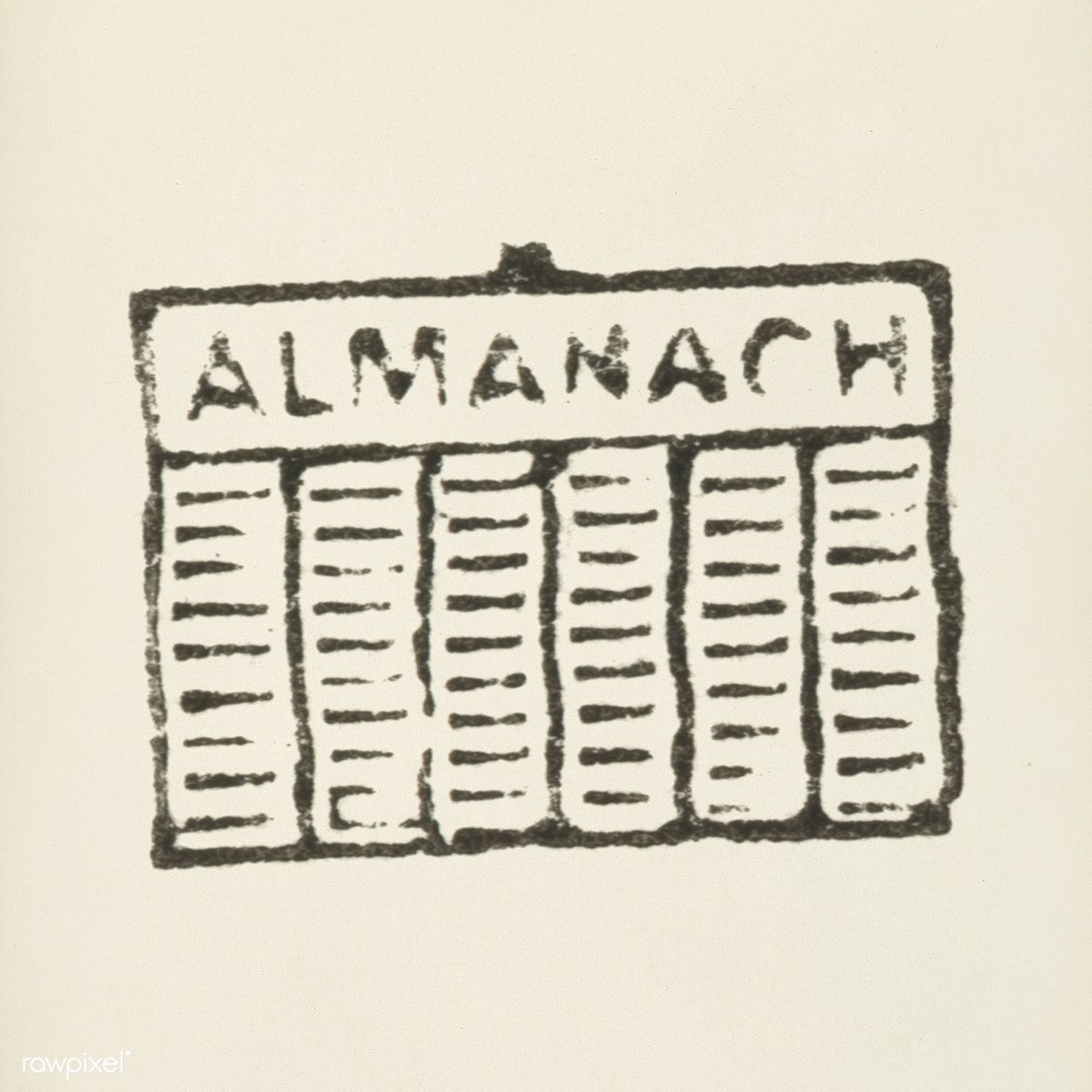Civil, Nautical, and Astronomical Twilight
Nathan Smith-Manley
Last Update 2 jaar geleden
When planning outdoor activities or studying celestial events, it is important to understand the different types of twilight. Civil twilight, nautical twilight, and astronomical twilight are all periods of time before sunrise and after sunset that are defined by the amount of sunlight available. In this article, we'll explore the differences between these types of twilight.
Civil Twilight
Civil twilight is the period of time after sunset or before sunrise when the sun is less than 6 degrees below the horizon. During civil twilight, there is still enough sunlight to see objects clearly and conduct normal outdoor activities without artificial lighting. In general, civil twilight lasts for about 30 minutes, but it can be longer or shorter depending on the location and time of year.
Nautical Twilight
Nautical twilight is the period of time after civil twilight and before the sun is between 6 and 12 degrees below the horizon. During nautical twilight, there is still some natural light available, but it is not sufficient for outdoor activities that require good visibility. Nautical twilight is named so because it is the time when sailors can still navigate using the stars and other celestial objects.
Astronomical Twilight
Astronomical twilight is the period of time after nautical twilight and before the sun is between 12 and 18 degrees below the horizon. During astronomical twilight, the sky is still illuminated, but it is not bright enough to see objects without artificial lighting. Astronomical twilight is named so because it is the time when astronomers can begin to observe celestial objects in the sky without any interference from sunlight.
Differences between the Types of Twilight
The main difference between civil, nautical, and astronomical twilight is the amount of sunlight available during each period. Civil twilight has enough light to conduct normal outdoor activities, while nautical twilight has less light and is more suitable for navigation using celestial objects. Astronomical twilight has even less light and is ideal for observing celestial objects without any interference from sunlight.
Another difference is the duration of each type of twilight. Civil twilight generally lasts for about 30 minutes, while nautical and astronomical twilight can last up to 90 minutes or more depending on the location and time of year.

